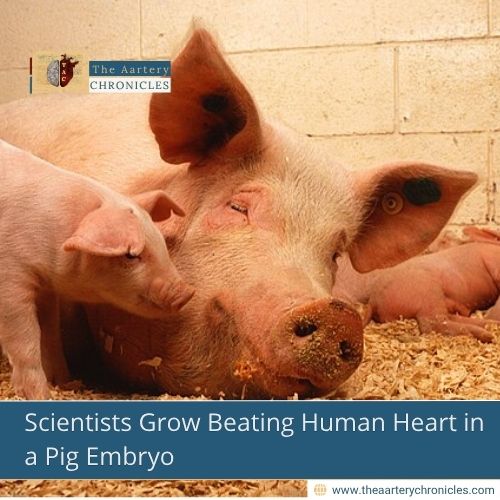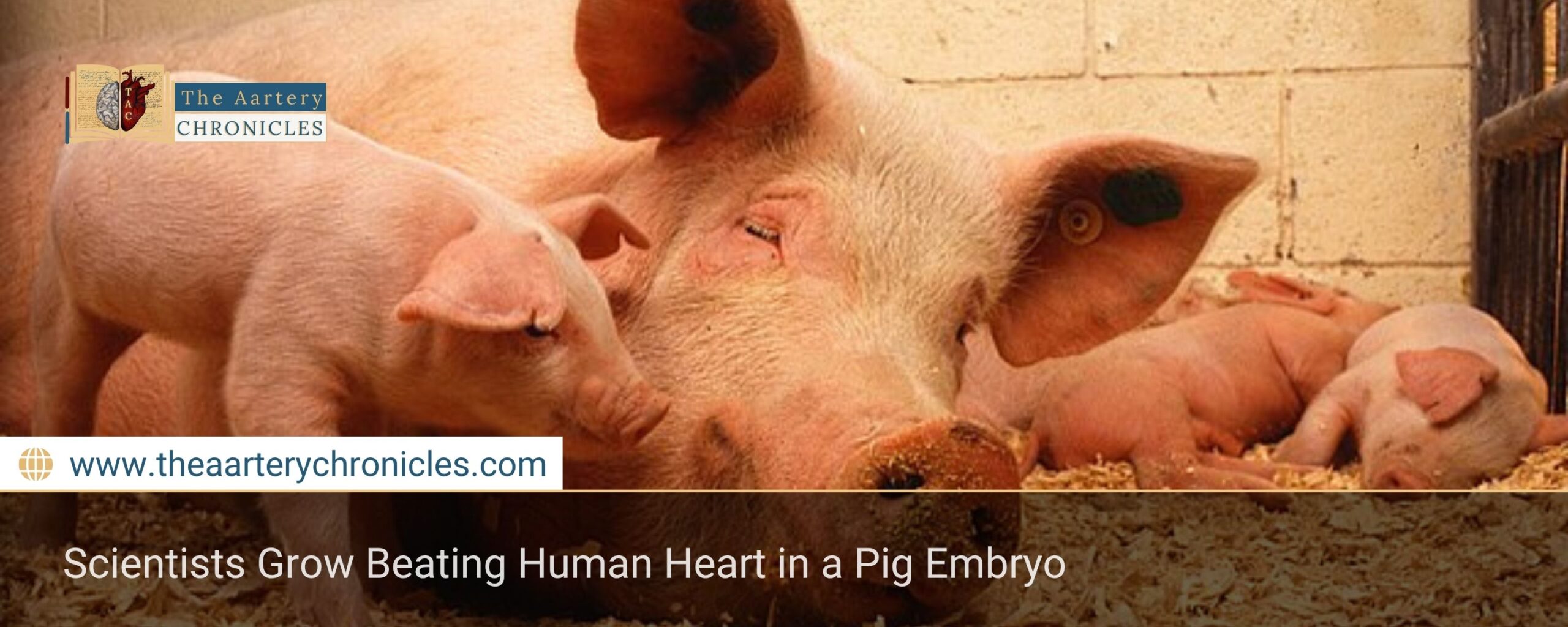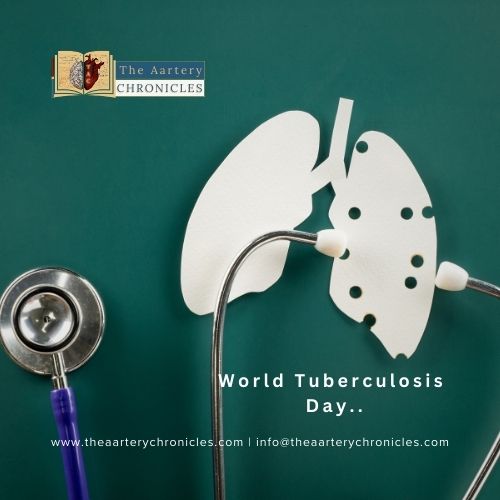

Scientists Grow Beating Human Heart in a Pig Embryo
In a scientific first, researchers in China have grown heart-like tissue using human cells inside developing pig embryos and the tissue began to beat on its own. This heart structure survived and kept beating for 21 days, marking a major step toward the goal of growing transplantable human organs in animals.
The study was presented on June 12 at a major global stem cell research conference in Hong Kong by a team led by Dr. Lai Liangxue from the Guangzhou Institutes of Biomedicine and Health, part of the Chinese Academy of Sciences.
How the Experiment Worked
To carry out this work, researchers began with human stem cells, which have the unique ability to turn into many different cell types. These cells were specially modified to increase their survival rate and reduce the chance of cell death once placed into a different species.
Next, they inserted these engineered human cells into early-stage pig embryos, just days after fertilization. These embryos were then placed into surrogate pigs to continue growing naturally.
Over the following weeks, scientists observed the development of human heart-like structures within the pig embryos. These structures were about the size expected for their developmental stage and had one striking feature they were beating, just like early-stage human hearts.
Why It Matters
Organ failure remains a serious global health problem, and transplant waiting lists are long due to a shortage of suitable donors. Scientists hope that growing human organs in animals, such as pigs, could provide a new source of organs that match human biology more closely than mechanical devices or lab-grown organoids alone.
This experiment is one of the first to show that human cells can organize and function as a heart structure within an animal embryo—even if only for a short time.
Not the First Breakthrough from This Team
Dr. Lai’s research group has previously had success growing other human organs in pigs. In 2023, they managed to grow early-stage human kidneys in pig embryos that survived for nearly a month. That study revealed that a large portion of the kidney tissue about 70% was made up of human cells.
Now, with the heart, they’ve shown that more complex tissues involving rhythm and function can also begin to form inside an animal host.
Other Research Efforts in the Field
Similar research is happening around the world. At the same stem cell conference, scientists from the University of Texas MD Anderson Cancer Center shared results of growing human miniature organs (or “organoids”) in mouse embryos. These included mini versions of the intestine, liver, and even brain tissue.
Some of these mice, after being born, were found to contain small amounts of human cells in their organs, especially in the intestines. However, success rates were low, and mixing human cells with animals brings significant scientific and ethical challenges.
Scientific and Ethical Roadblocks
This kind of research falls under what’s called chimera science, which involves combining cells from different species, in this case, human and pig.
Although the long-term goal is to grow fully functional human organs, several challenges remain:
- Human and animal cells don’t always work well together
- There’s a risk of unintended mixing, especially in sensitive tissues like the brain
- Ethical concerns arise about how much “human” a chimera should be
Due to these concerns, China has placed strict rules on these experiments. Human cells can only be used in animals when no other method is available to answer the research question.
Experts Urge Careful Progress
Some scientists have urged caution in interpreting these early results. For example, Dr. Hiromitsu Nakauchi, a well-known expert in chimera research, pointed out that it’s still unclear how much of the developing heart structure was truly made of human cells.
Others, like Dr. Hideki Masaki from the Institute of Science Tokyo, noted that to be used in real human patients, organs would need to be made entirely of human cells. Otherwise, the risk of rejection remains high.
Looking Ahead
While these findings are exciting, the road to transplantable organs made in animals is still long. The next steps will involve making sure the organs are safe, functional, and composed entirely of human tissue.
A recent article in Nature highlighted this growing area of research as both promising and complex, noting that success will depend on balancing scientific ambition with ethical responsibility.
Conclusion
This new research shows what might be possible shortly: growing life-saving human organs using animal hosts. Though still in early stages, this approach could one day help thousands of people waiting for transplants. But with so much at stake scientifically, medically, and ethically the field must move forward with great care and global oversight.
Source: Inputs from various media Sources

Priya Bairagi
Reviewed by Dr Aarti Nehra (MBBS, MMST)
I’m a pharmacist with a strong background in health sciences. I hold a BSc from Delhi University and a pharmacy degree from PDM University. I write articles and daily health news while interviewing doctors to bring you the latest insights. In my free time, you’ll find me at the gym or lost in a sci-fi novel.








